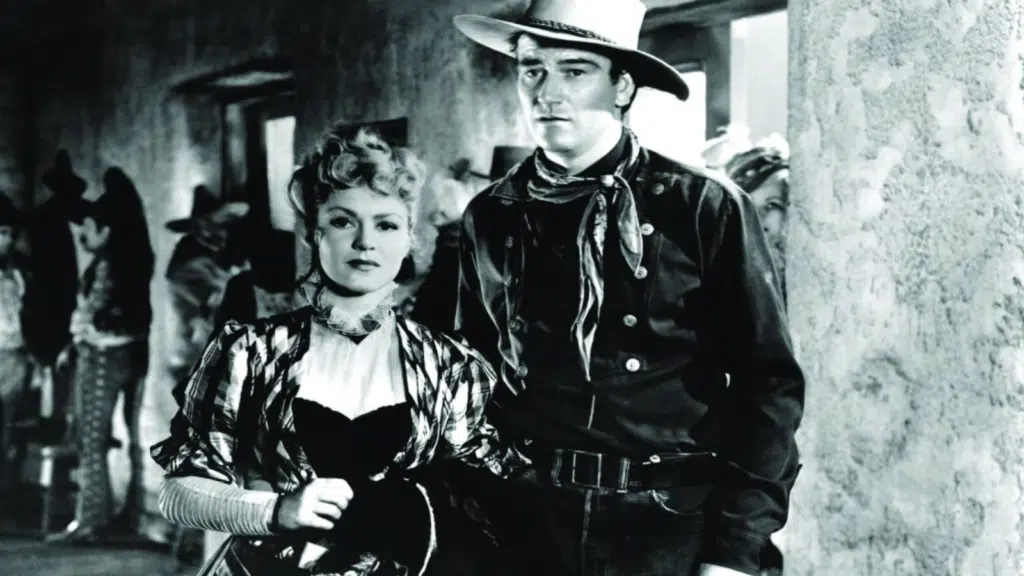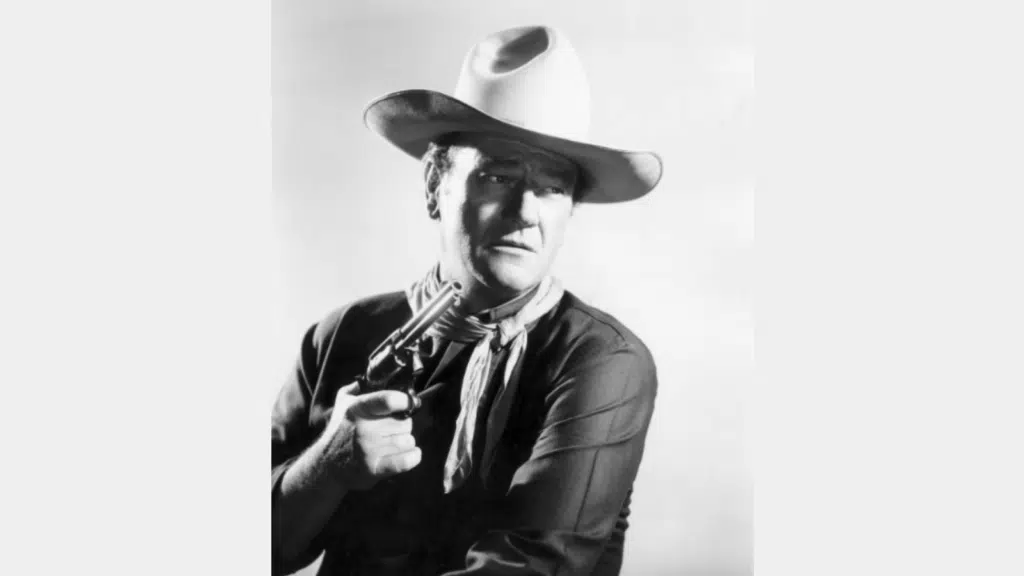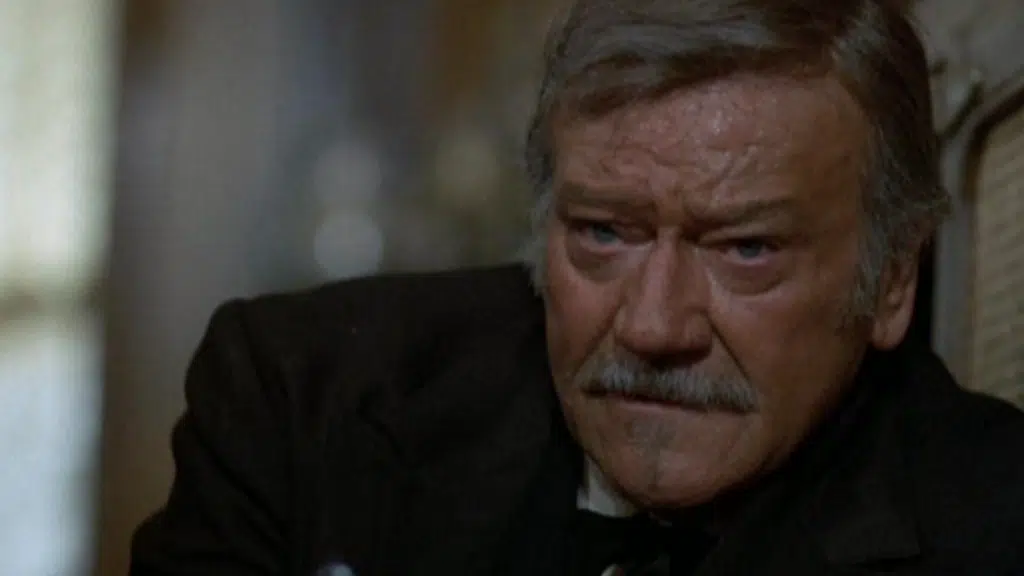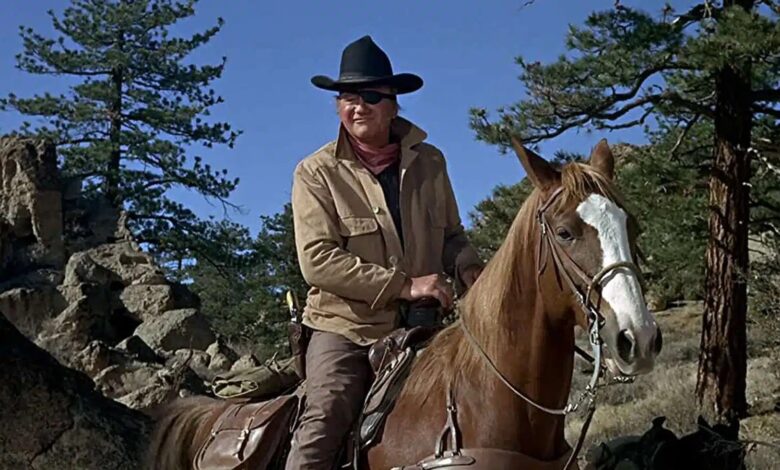It’s been nearly half a century since he died in 1979, and yet no actor has wholly embodied the role of cinematic cowboy quite like John Wayne. Getting his start in B-movies in the 1930s, Wayne eventually became one of Hollywood’s most bankable stars by the start of the ’40s.
For the next four decades, Wayne appeared in everything from war films to romantic comedies. Still, his single greatest contribution to pop culture was his starring roles in the dozens of Westerns he was featured in throughout his career.
From his breakthrough success with Stagecoach to some of his most famous collaborations with John Ford and Howard Hawks, here are some of John Wayne’s best films, ranked from best to worst.
The Searchers
When a party of Comanche kidnaps his young niece (Natalie Wood), a cynical Civil War veteran (Wayne) and his adopted nephew (Jeffrey Hunter) set out on a lengthy journey to rescue the girl.The most iconic of Wayne’s many films, The Searchers is also considered by many film historians to be the finest American Western ever made.
Likened to the tale of Odysseus by French New Wave director Jean-Luc Godard, it is as epic in scope as it is nuanced in its characters, action, and central narrative.It has continued influencing entire generations of aspiring filmmakers, with Wayne giving the greatest performance of his life as the embittered, hate-filled Ethan Edwards.
Rio Bravo
After arresting an influential land baron’s brother (Claude Akins) for murder, a small-town sheriff (Wayne), his past-their-prime deputies (Dean Martin and Walter Brennan), and a young pro gunfighter (Ricky Nelson) hole up in jail until U.S. Marshals arrive to relieve them.
Rio Bravo is unique among the top 10 entries on this list in that, unlike The Searchers or Red River, Wayne himself isn’t the definitive best thing about this movie. Instead, he’s one key player in an endlessly talented cast. All compliment each other unbelievably well in their performances — from Dean Martin’s recovering alcoholic to Nelson’s withdrawn, guitar-strumming gunslinger.
Stagecoach

On a stagecoach barreling across the American frontier, a group of passengers defends themselves against raiding Native American parties led by the famous Apache leader, Geronimo. Wayne worked as an actor in Hollywood for over a decade before Stagecoach’s release in 1939. But when Wayne enters halfway through the film, the camera pushing tight into a close-up as Wayne performs his signature finger-loop load action, it is like audiences were seeing him for the first time. The most important film in Wayne’s career, contemporary viewers fell in love with Wayne’s lethargic Ringo Kid, helping Wayne gain renewed exposure by the start of the 1940s.
Red River
Finally setting out on a cattle drive that he’s spent the last decade eagerly preparing for, a Texan rancher’s (Wayne) combative nature triggers animosity between himself and his hired hands, with even the rancher’s son (Montgomery Clift) turning against him.
Like most actors of his day, Wayne suffered from some mild typecasting not long after his ascension to stardom in the early 1940s. Helping break out of the preconceived heroic archetypes he’d established with Stagecoach was Red River, the first of several films Wayne would make with director Howard Hawks.
Straddling a finer line between hero and villain, Wayne veers more heavily into the role of antagonist with this film, creating a complex but achingly realistic man driven by his Ahab-like obsession to succeed.
True Grit
Wanting to find the man who killed her father, a strong-willed teenage girl (Kim Darby) hires a grizzled US Marshal (Wayne) and a suave Texas Ranger (Glen Campbell) to track down the murderer (Jeff Corey) in the remote Oklahoma wilderness.
In the film that won Wayne the Academy Award for Best Actor, Rooster Cogburn is the Duke at his most cantankerous. Swirling whiskey from the seat of his saddle and dual-wielding a repeater and six-shooter while riding full-speed into a gunfight, it was an Oscar that was very much overdue at this point in Wayne’s career.
The Man Who Shot Liberty Valance

Looking back at his life, an elderly U.S. senator (James Stewart) reveals the truth behind an incident involving a notorious outlaw (Lee Marvin) and a poor but strong-willed rancher (Wayne).
Jimmy Stewart is the main character of The Man Who Shot Liberty Valance, but audiences’ eyes can’t help but immediately drift to Wayne every time he wanders on-screen. Never letting his failing ranch negatively affect his pride, Wayne’s surly frontiersman is the walking personification of the Western hero: noble and loyal to his friends, yet prickly and standoffish with his rivals.
The Quiet Man
Retiring from his boxing career in America, the withdrawn Sean Thornton (Wayne) returns to his Irish hometown, catching the attention of a poor woman (Maureen O’Hara) whose hot-headed brother (Victor McLagen) desperately tries to keep them apart.
The Quiet Man can make for a slow burn for anyone used to the usual fast-paced Westerns of Wayne and Ford. In this sense, it’s a major stylistic experiment on both men’s part and works incredibly well. Free to create a more withdrawn personality than his usual, fiery-tempered heroes, The Quiet Man may mark Wayne’s most subtly affecting performance.
The Shootist

Suffering from terminal cancer, an aging gunfighter (Wayne) searches for a faster, more honorable way to die while trying to dissuade an eager protege (Ron Howard) from following in his footsteps. The final film of Wayne’s career, The Shootist is as fitting a goodbye to the Western as Clint Eastwood’s own genre farewell with Unforgiven. Embodying the same breed of characters as most other entries on this list, Wayne departs from the limelight with a wink and a tip of his hat. His character in this movie may be named J.B. Books, but at this point in time, John Wayne was essentially playing himself.
The Longest Day
In 1944, the Allied Forces launched the largest amphibious invasion in military history. Landing on the beaches of Normandy, The Longest Day follows the various American, British, French, and German soldiers as they experience D-Day in its entirety.
The Longest Day belongs to the same category of war films as 1977’s A Bridge Too Far. Made up of numerous interweaving narratives and incorporating a massive ensemble cast, the movie features Wayne up against the likes of Henry Fonda, Robert Mitchum, Sean Connery, Richard Burton, Rod Steiger, and many, many more.
